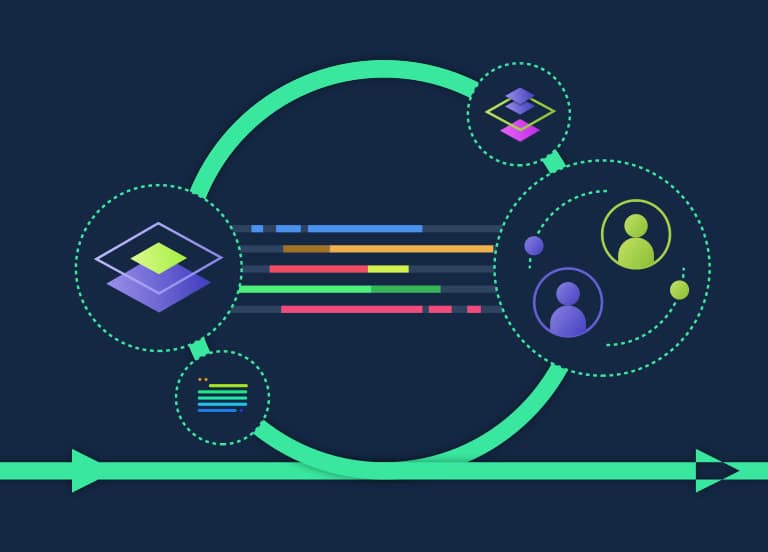
Creating the optimal roadmap
Building a roadmap from the customer up
Is it time we started rethinking the way our business roadmaps are created? Developing a strategy from your customers’ perspective could put you on the optimal road to success.
Every company (well almost every company) has a plan of where it wants to get to and a rough idea of how it should get there. At start-up level these plans tend to be fairly vague, until a potential financier comes in and asks to see something more concrete. The further up the ladder you move, the more detailed and thought through the plans tend to become – obviously this isn’t always the case. However, the further a company (or governmental organisation) moves up the ladder, the further it tends to be from its customers, which means roadmaps become focused on meeting financial and operative goals rather than customers’ needs.
Customer first roadmaps
We take a different approach when developing roadmaps (or reshaping existing roadmaps) for our clients. In our experience, the best way to meet financial and performance-related goals is to start with the customer. Understanding what customers want now and expect in the future, provides the optimal platform to build upon. This type of insight isn’t readily available. We have to gather through in depth customer interviews, analysis of user data and behaviour, evaluation of market/tech trends, etc., before it can be transformed into accurate customer journeys.
Once this in place, we can map the current state of affairs, including the challenges, opportunities and advantages you have over competitors, before defining a roadmap with clear milestones that are aligned with your customers’ lives and your business goals. Based on this, resource requirements can be determined moving forward, including staffing, IT system and bandwidth requirements, as well as optimal partners throughout the ecosystem.
Knowing what is going to be delivered to customers in the pipeline also makes it easier for you to define the optimal digital channels for promoting and distributing digital products, before allocating the appropriate budget for it. This in turn enables you to predict growth and set a pricing strategy.
Agile roadmaps
Of course, any roadmap has to be agile. In digital, things can and do change quickly. This can be due to new trends, competitors or technologies – and an agile roadmap allows you to react to these changes without overhauling your entire plan moving forward. Every time a milestone is reached, we survey the current state of affairs and, if necessary, adapt the roadmap to ensure a smooth journey towards the agreed financial and operative goals.
This constant cycle of analysis, evaluation and implementation is also mirrored in the way we work with product design, build and management. We always start by understanding the market and customers, ensure that any platform can scale, and launch products quickly and iteratively – so you are first to market with what’s important for your customers.
Collaborative roadmaps
When developing strategies, we work closely with clients. Just as we need to share our knowhow and experience with you, you need to share your domain expertise with us. We won’t show up for a meeting, leave your office and return several weeks or months later with a proposed roadmap to success. We want to understand your business and your customers, and that means getting involved and interacting with you and them – and possibly even locating to your offices, which is what we did when developing potential roadmap scenarios for a government agency’s not so long ago.
To facilitate collaboration we use our Teamwork Kit, which helps ensure everybody is engaged and working towards common goals. The kit has been specially developed to provide a safe yet challenging environment that encourages all members of a team to contribute with their skills and knowhow.
Our experience has taught us that an agile roadmap can’t work without close collaboration, in the same way that a product can’t be developed without close collaboration between a provider and it’s customers. It’s in the understanding of one another that the best results are achieved.